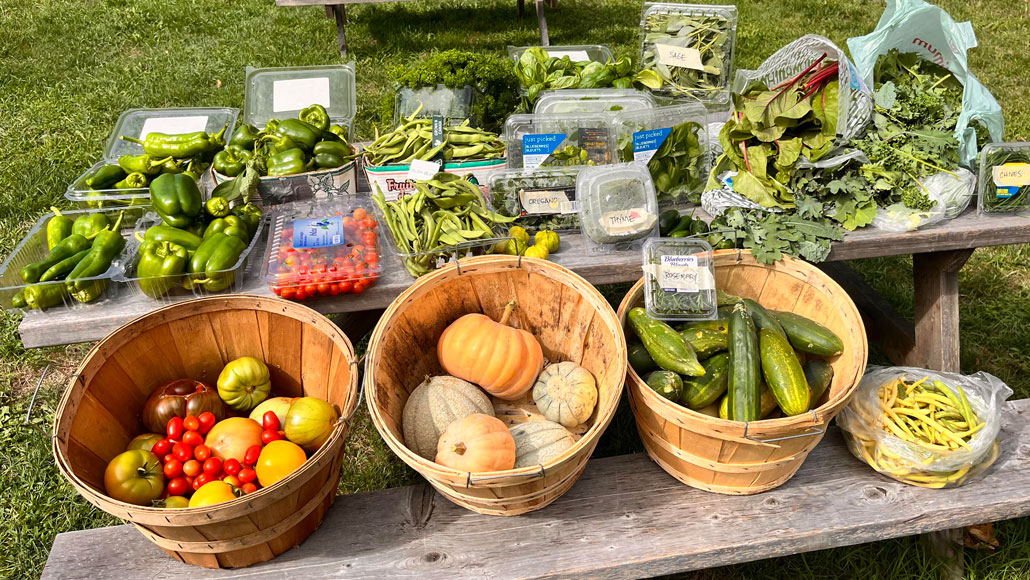
Every Wednesday morning, a core group of dedicated gardeners (6-10 green thumbs) show up at the St. Cuthbert’s Community Garden to dig in and do their bit to alleviate food insecurity.
It all started as a Sunday school project in 2013 and evolved into a significant source of produce for the Flemingdon Park Community Food Bank.
It’s a lot of hard work, and fully comprehending the importance of what they’re doing only adds to the pressure. Yet every one of these gardeners looks delighted to be working this hard. And I always feel joy when I visit them.
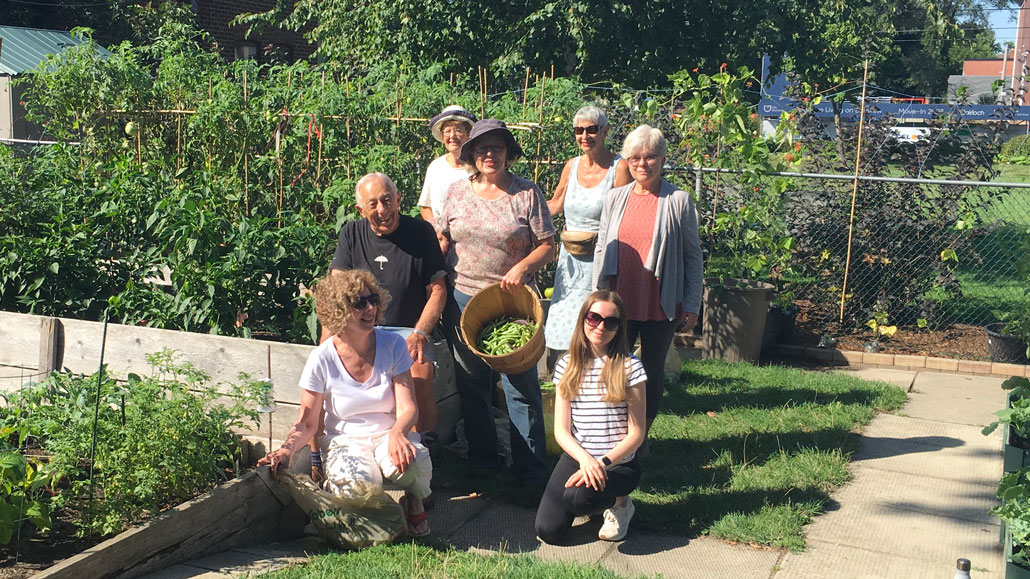
Strength in numbers
This year, a few new gardeners joined the team, including teen Teya Knightingale (seen in photo), Nora Pongo, a newcomer to Canada from Hungary, and Carmen Applegrath, a chef and gardener bringing a wealth of garden expertise with her. She already has plans for some mini training sessions next year!
Kathi Davies, one of the lead gardeners (holding the basket in the group photo), took the time to share both the good and bad of the growing season and the overall results of their harvest.
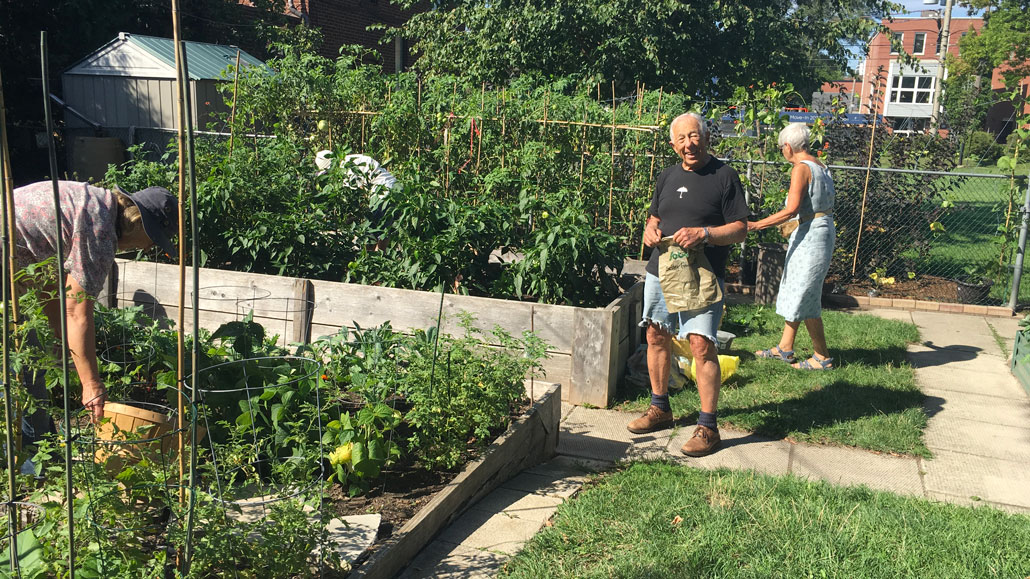
So many challenges
It’s no surprise their biggest challenge was the same as last year’s and the year before. WATER! With so little rainfall, their rain barrels and cisterns ran dry early and that meant using mostly tap water.
One of the gardeners whispered to me, “I’d hate to see the water bill.” We’ve all been feeling that pain.
Along with the heat and humidity came a host of other problems.
Cutworms attacked their pole beans. “We did four rounds of planting,” Kathi said, “and still only managed to get half the beans to grow.”
There were general pests too such as cucumber beetles and Japanese beetles feasting on the young beans. The humidity brought powdery mildew on their squash, but that was quickly wrestled into submission with some pruning and the occasional spray with Safers soap.
I think every Leaside gardener had a problem with powdery mildew this year. The fungal disease took hold of my milkweed and even showed up on a bee balm variety that was supposed to be powdery mildew resistant.
Lessons learned
The enthusiastic gardeners added more calcium to the soil and that took care of the blossom-end rot that plagued their plum tomatoes last year. They decided zucchini and squash take up too much real estate for the yield. So next year they will plant more kale and tomatoes.
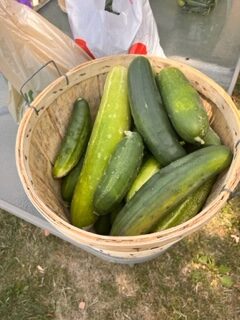
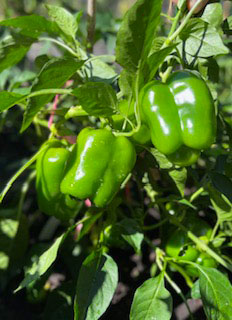
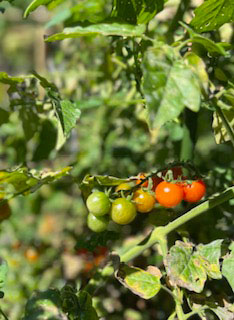
They also did some soil amendment with liquid fish fertilizer. But according to Kathi, there is still so much more they need to do. “Despite crop rotation, 10 years of intense ‘farming’ has depleted this earth of too many nutrients,” she told me.
But doing a proper remediation costs money, particularly using worm castings, which Kathi believes are preferable to manure for food crops. This is another challenge for the group as they operate on a shoestring budget. They could certainly use some donations to help their green cause!
With all of these problems, they still managed to harvest a wide variety of crops throughout the season along with a tremendous bounty of peppers, tomatoes and kale. All of which happen to be the most popular produce at the food bank. Success and community – a winning combination.
Happy Harvest! Happy Thanksgiving!


